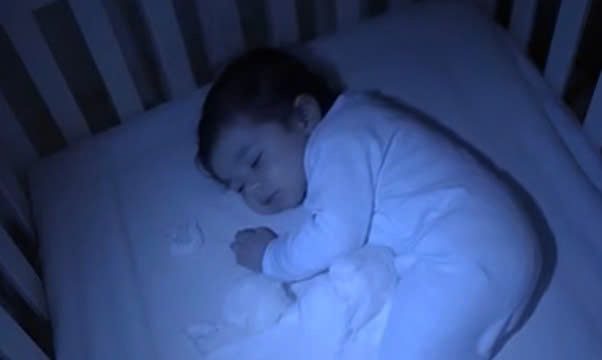In the world of creative housing, people have experimented with everything from buses and tiny homes to shipping containers, transforming them into affordable and personalized living spaces. These options often provide the same comfort as traditional homes but with unique charm and lower costs. Yet, long before such trends gained mainstream popularity, one woman in Mississippi turned an extraordinary idea into reality by converting a retired Boeing 727 into her full-time residence.

Her name was Jo Ann Ussery, and her journey into aviation-inspired living began not out of curiosity but out of necessity. In 1993, tragedy struck when Ussery’s home in Benoit, Mississippi, was destroyed. Already grieving the recent loss of her husband, she found herself in desperate need of a place to live with her two children but had very limited financial resources. At first, she considered buying a trailer as a temporary solution, but she quickly realized she could not afford one large enough to accommodate her family comfortably. That was when her brother-in-law Bob, an air traffic controller, suggested something radical: why not live in an airplane?
Though unconventional, the idea sparked Ussery’s interest. Soon, they inspected a retired Boeing 727 that was slated to be dismantled for parts, and she immediately fell in love with the concept. The price was shockingly affordable—the plane itself, including delivery, cost just $2,000. She named her jet “Little Trump” after learning that businessman Donald Trump owned a private Boeing 727 at the time, and with determination and creativity, she began transforming the aircraft into a one-of-a-kind home.
Converting a jetliner into a livable space wasn’t an easy or inexpensive task. Ussery ultimately spent under $30,000 on renovations, which would be around $60,000 in today’s money. She had to stabilize the aircraft before focusing on the interior, using massive amounts of concrete to secure the tail while positioning the nose so it faced the lake on her property. Once stabilized, she gutted the nearly 1,500-square-foot interior, reimagining it as a livable home.
The Boeing 727 itself measured 138 feet long with 76 windows. Although the windows remained fixed, as in commercial planes, Ussery didn’t mind since she had installed air conditioning and improved insulation. She also added new flooring, giving the space a cozy, home-like feel. Cleverly, she kept certain original features of the aircraft, such as one of its lavatories and the overhead compartments, which served as practical storage solutions in the limited space.
After finishing the major structural work, Ussery was free to add comforts and personal touches. The converted jet boasted three bedrooms, a spacious living room, a functional kitchen, and even a laundry room.
Appliances included a washer, dryer, oven, and even a telephone, making it a fully functional family home. But perhaps the most impressive transformation was in the cockpit. Overlooking the lake, Ussery redesigned it into a master bathroom complete with a luxurious soaking tub. The layout gave the sensation of floating in midair while bathing, an experience few homeowners could replicate. Remarkably, Ussery handled nearly all the remodeling herself, displaying resourcefulness and determination throughout the process. From 1995 until 1999, she and her children lived in the airplane home, enjoying both its practicality and its novelty.
Eventually, she decided to open the jet to the public as a museum so others could marvel at her creativity. Unfortunately, the story took a tragic turn when the aircraft was being moved a short distance. During the relocation, the plane fell off its carriage and was destroyed, ending the era of Ussery’s airborne mansion. Still, her ingenuity and vision left behind an unforgettable story. She managed to transform a piece of aviation history into a livable space that captured the imagination of many.
Photos of the home continue to circulate today, offering a glimpse into one of the most unusual and inspiring housing experiments ever attempted. Ussery’s Boeing 727 home stood as proof that with creativity, determination, and a willingness to embrace the unconventional, even the most unlikely objects can become a sanctuary. Her legacy remains an example of resilience in the face of hardship and a reminder that sometimes the most extraordinary homes come from the boldest ideas.





